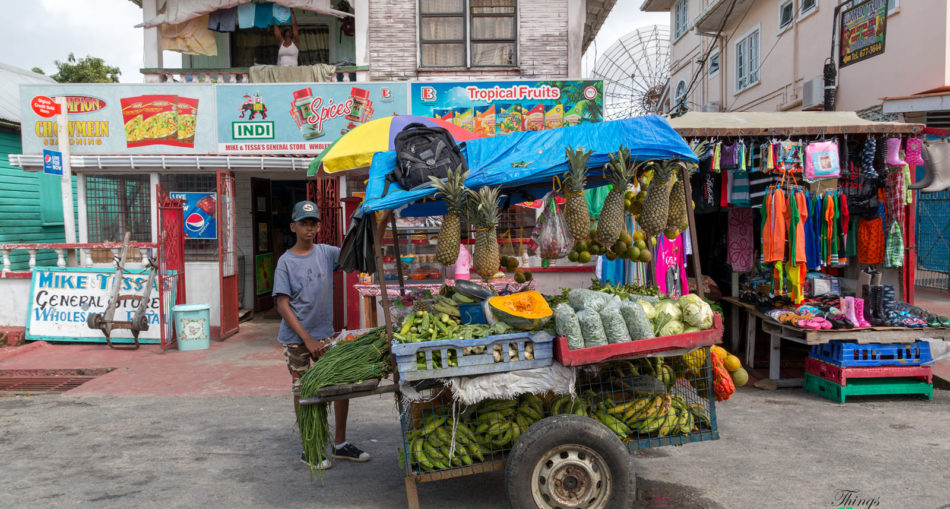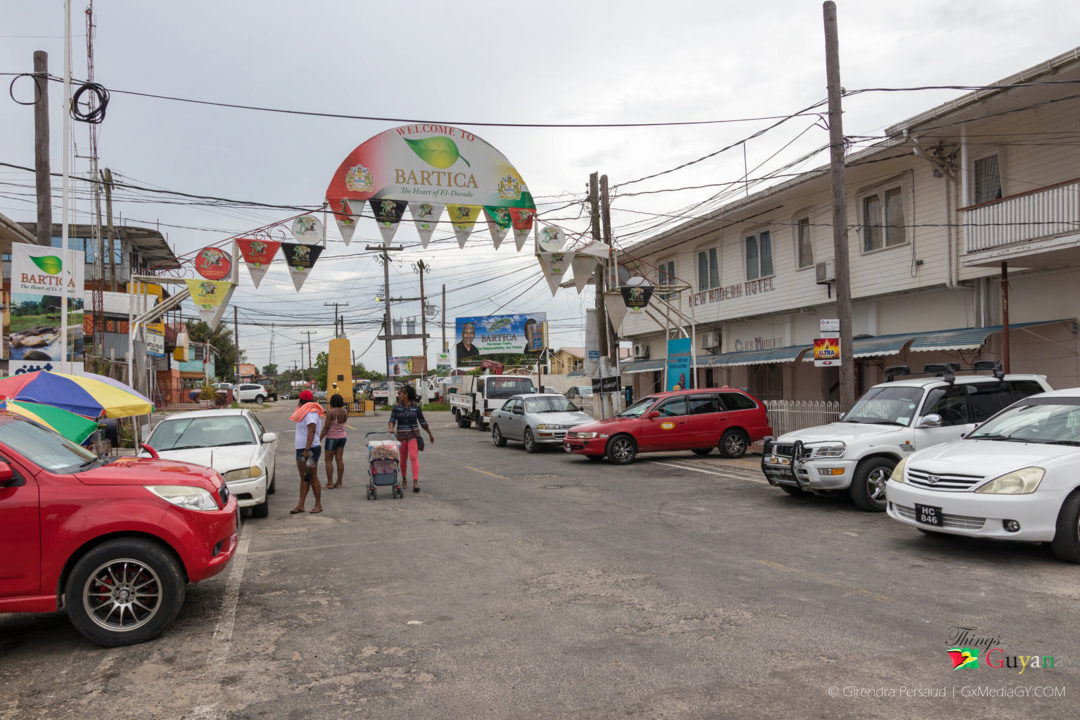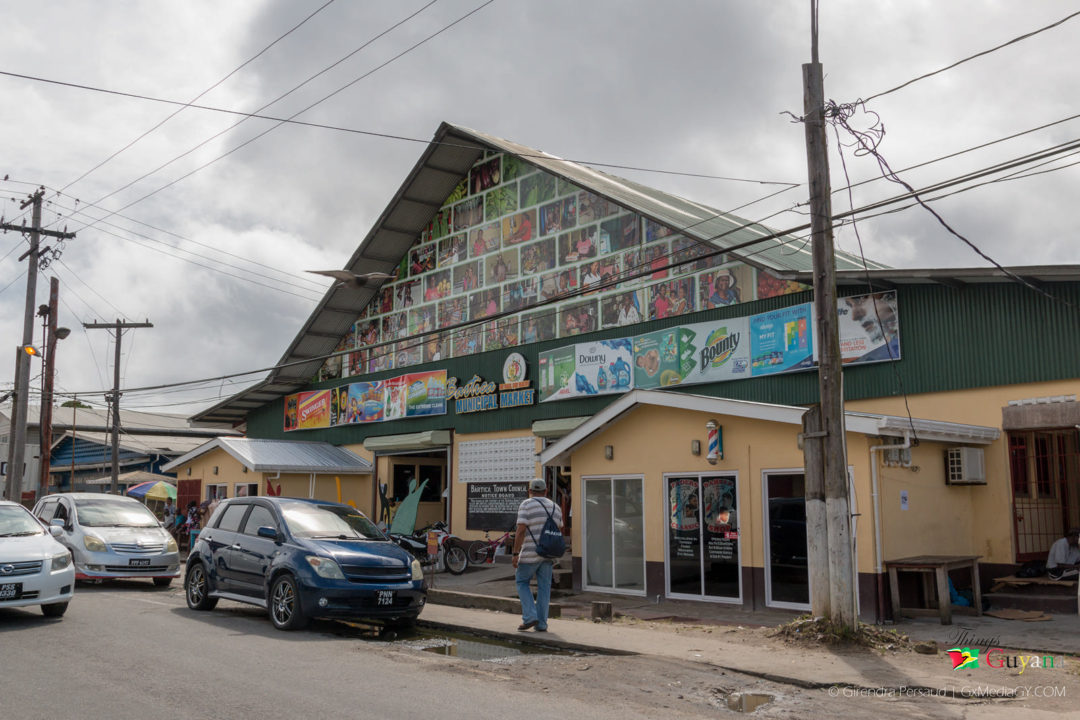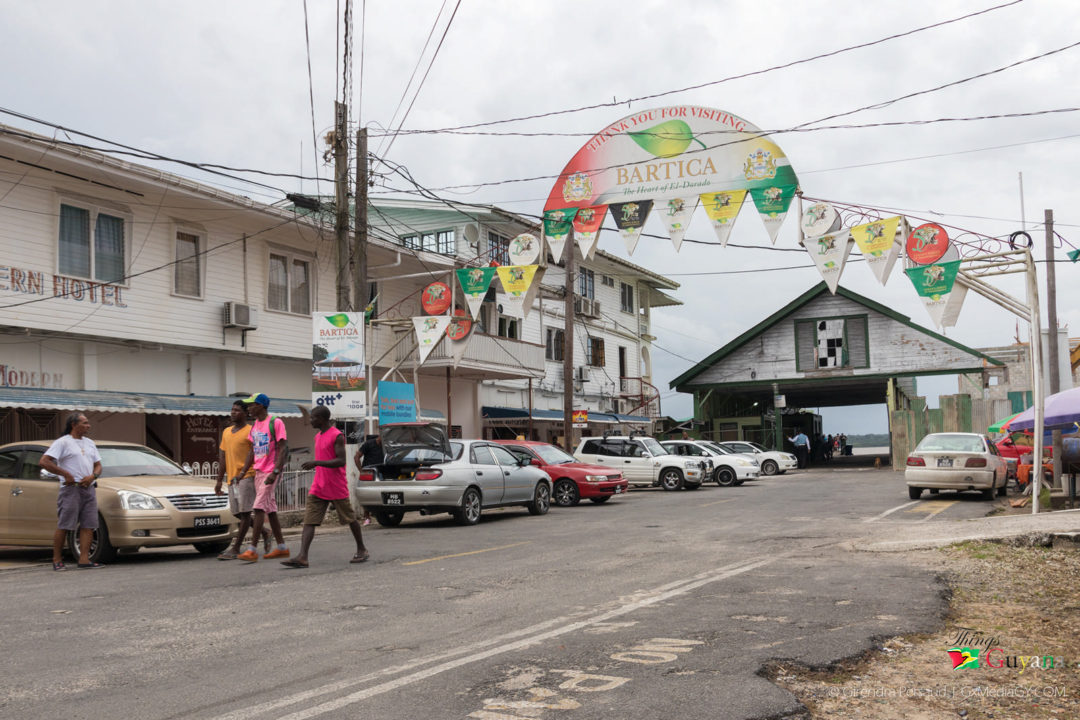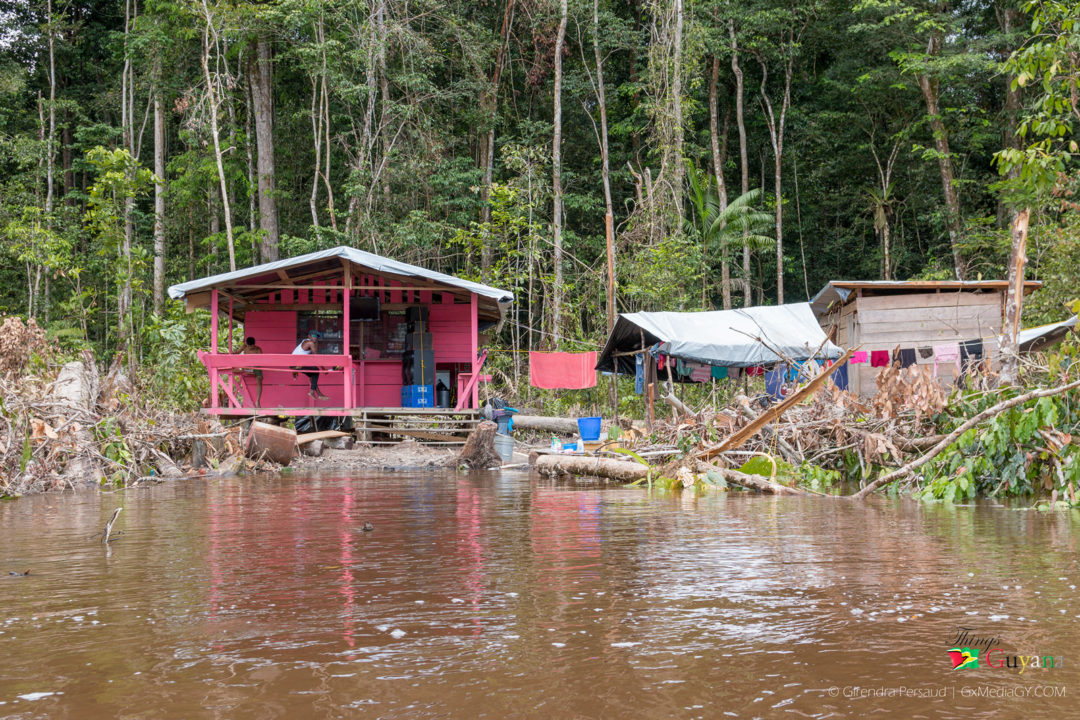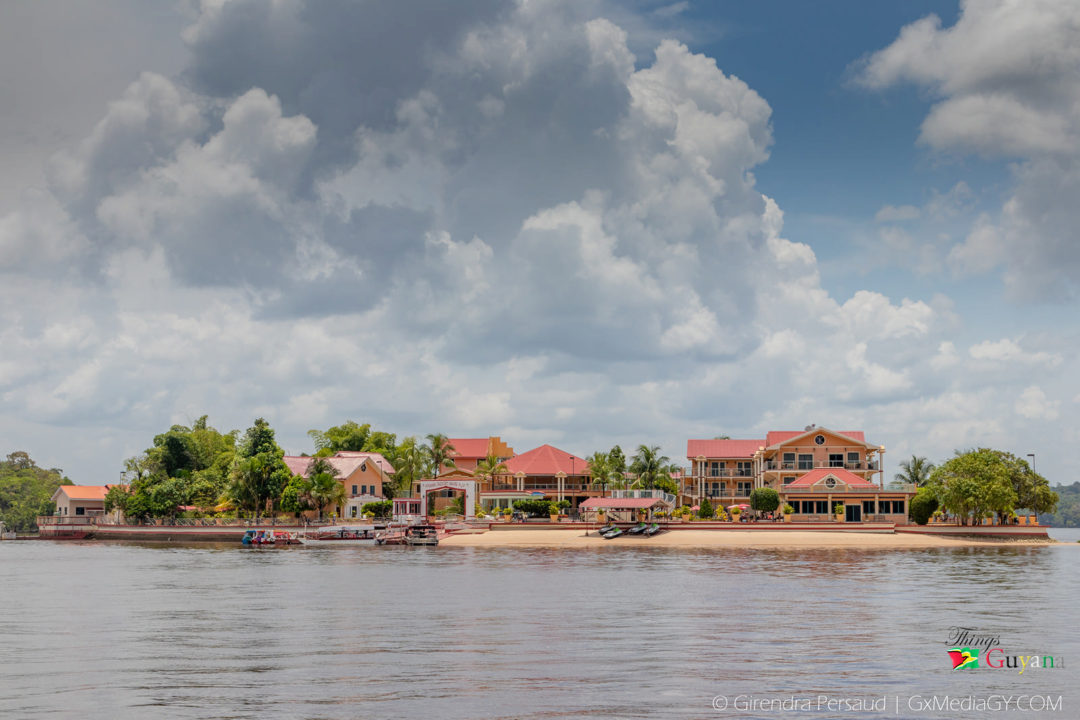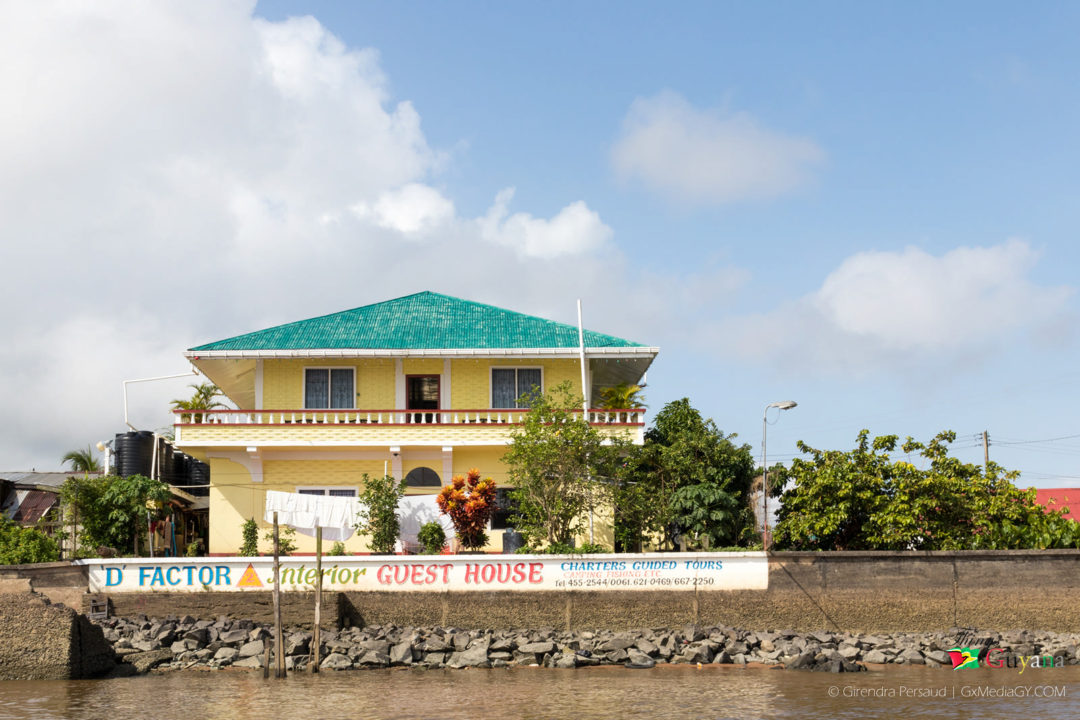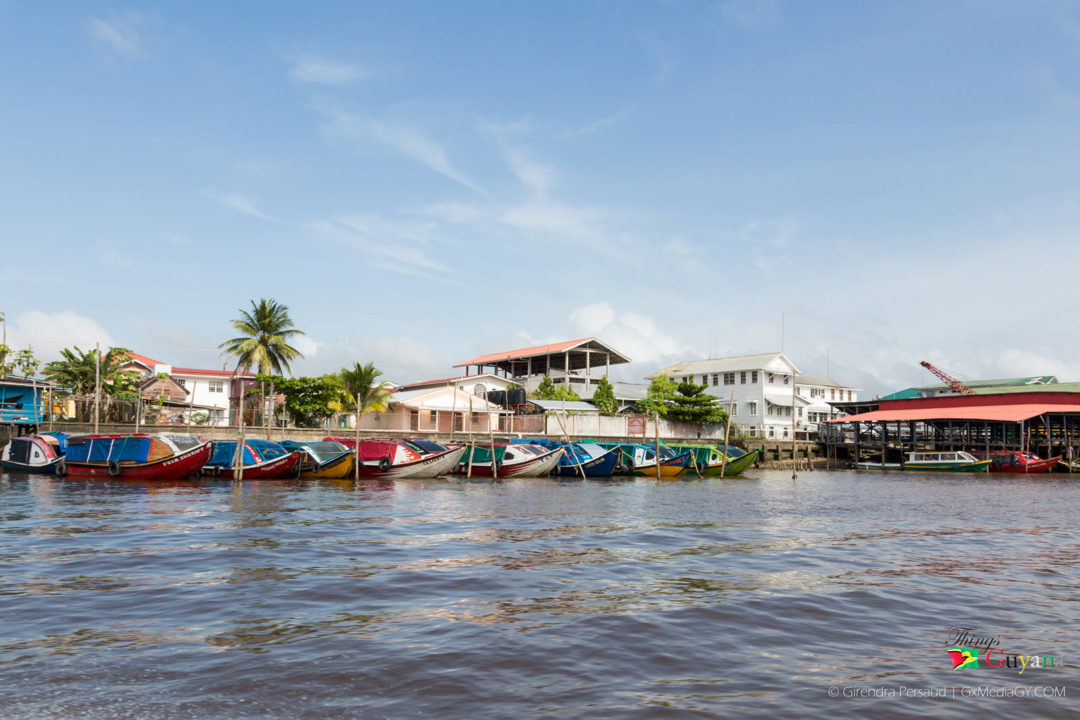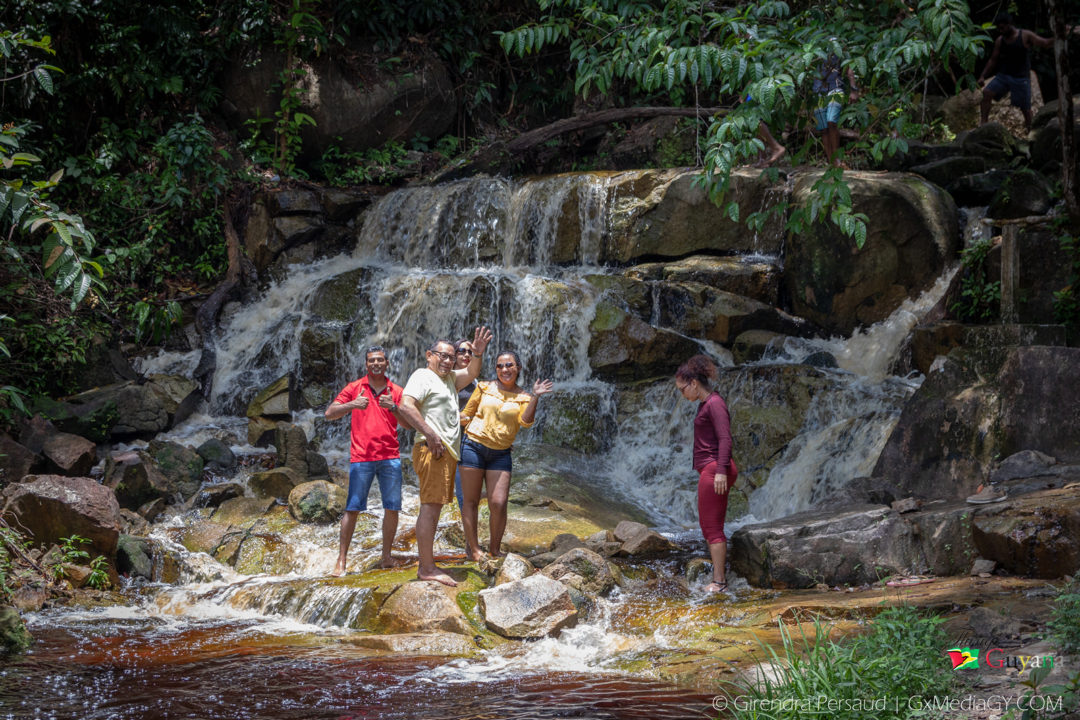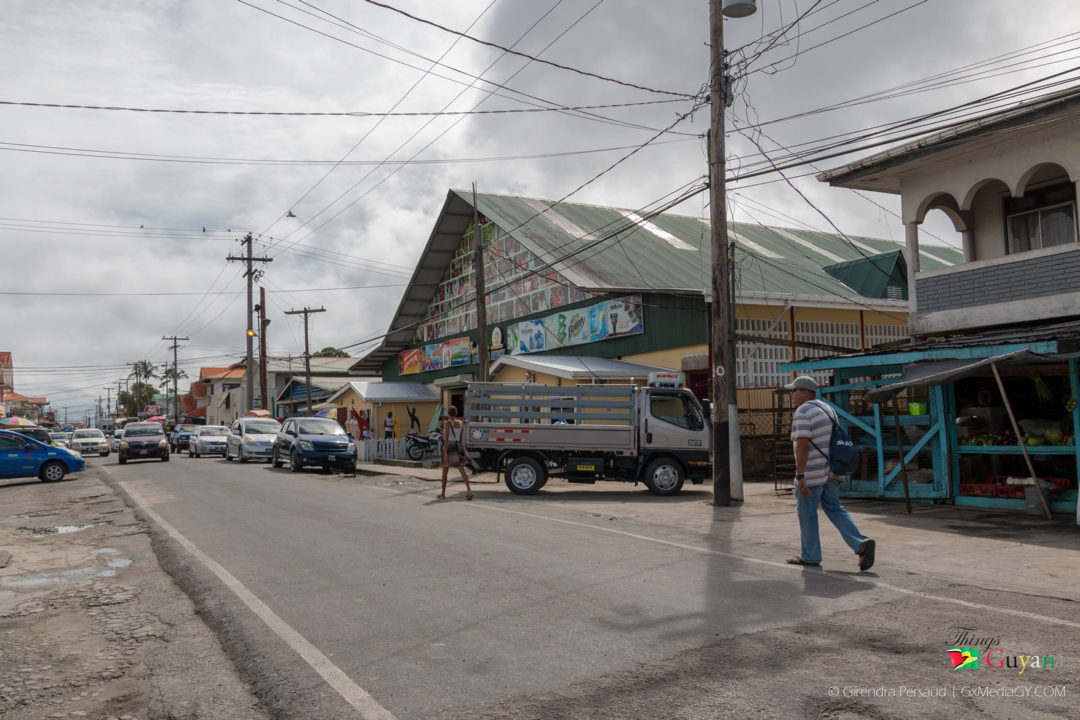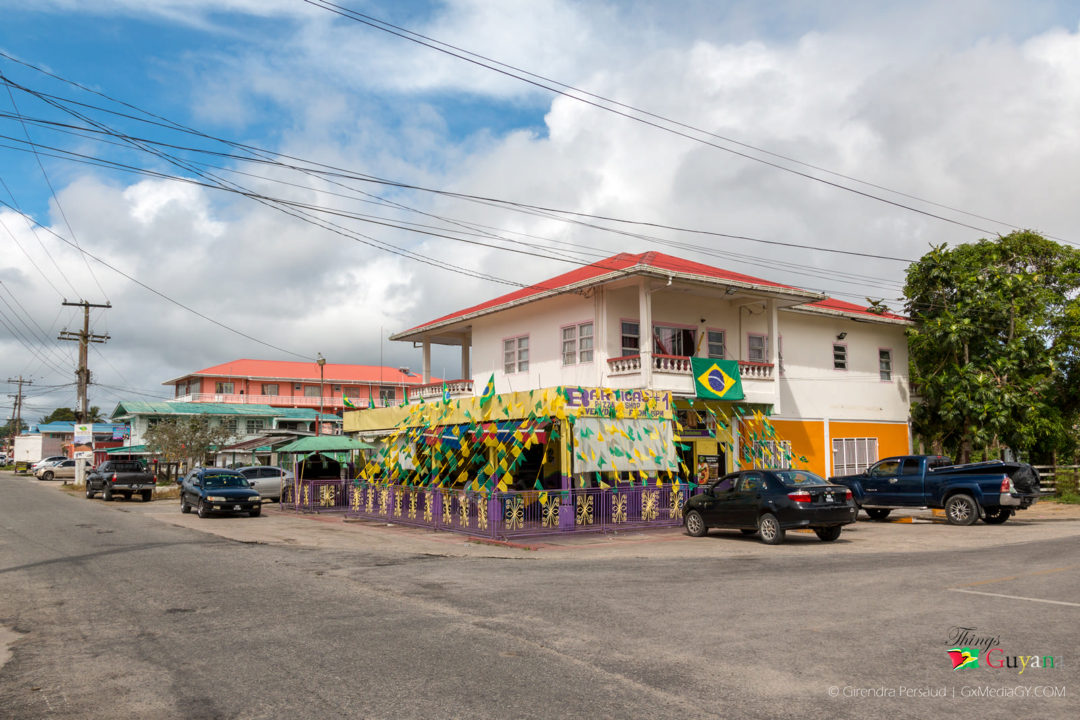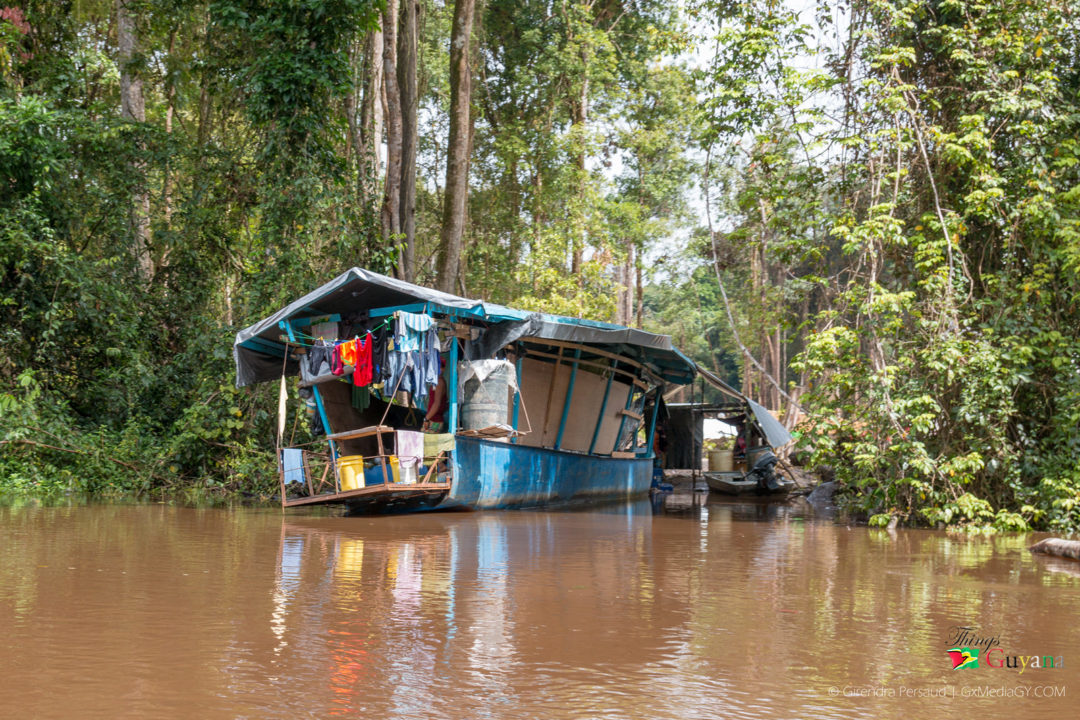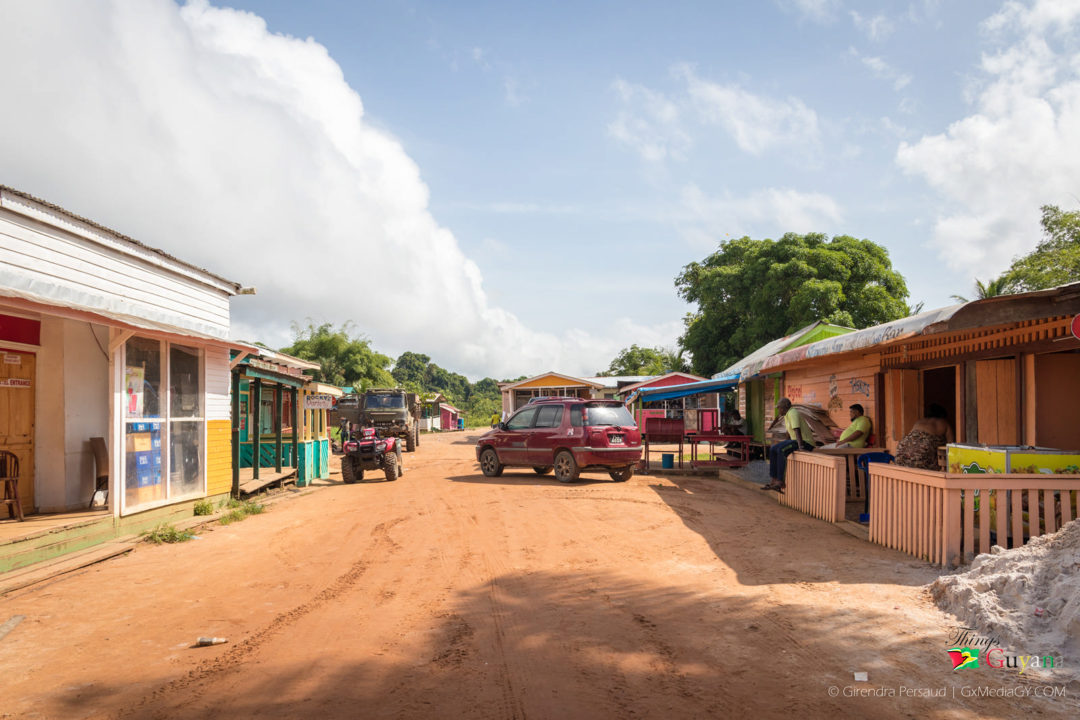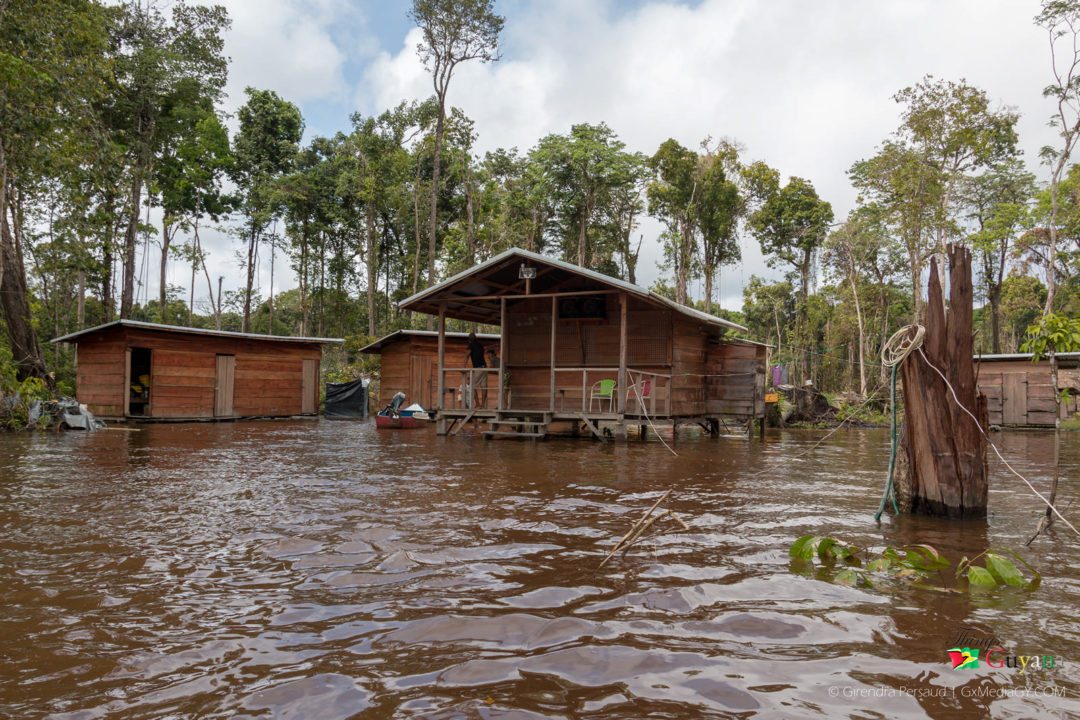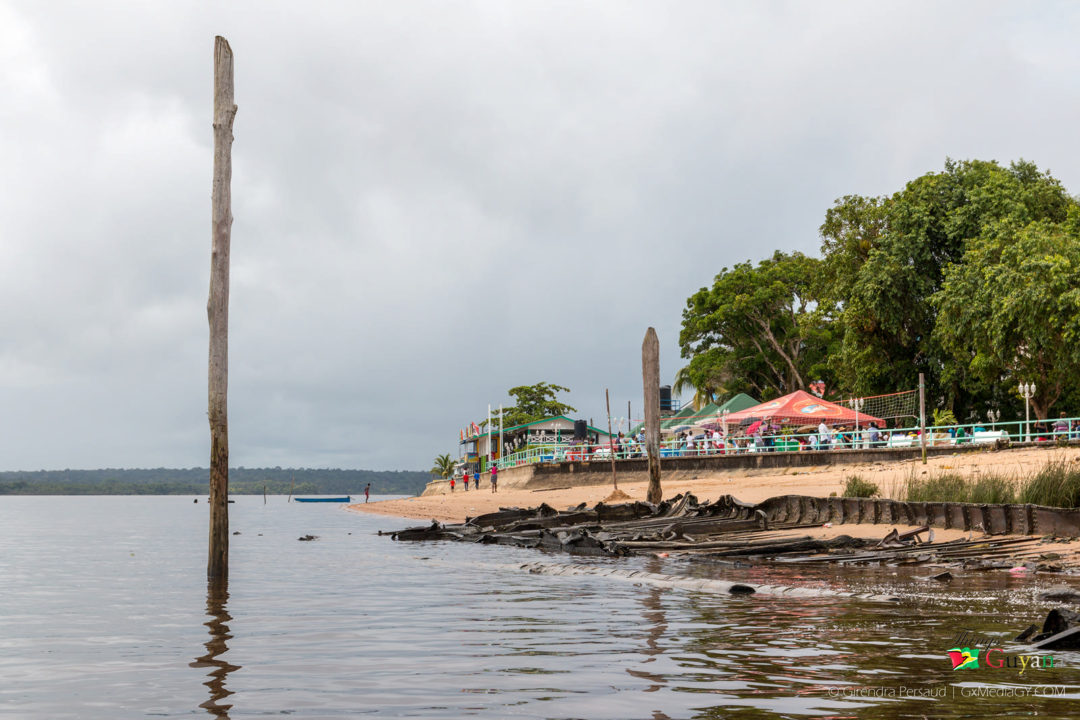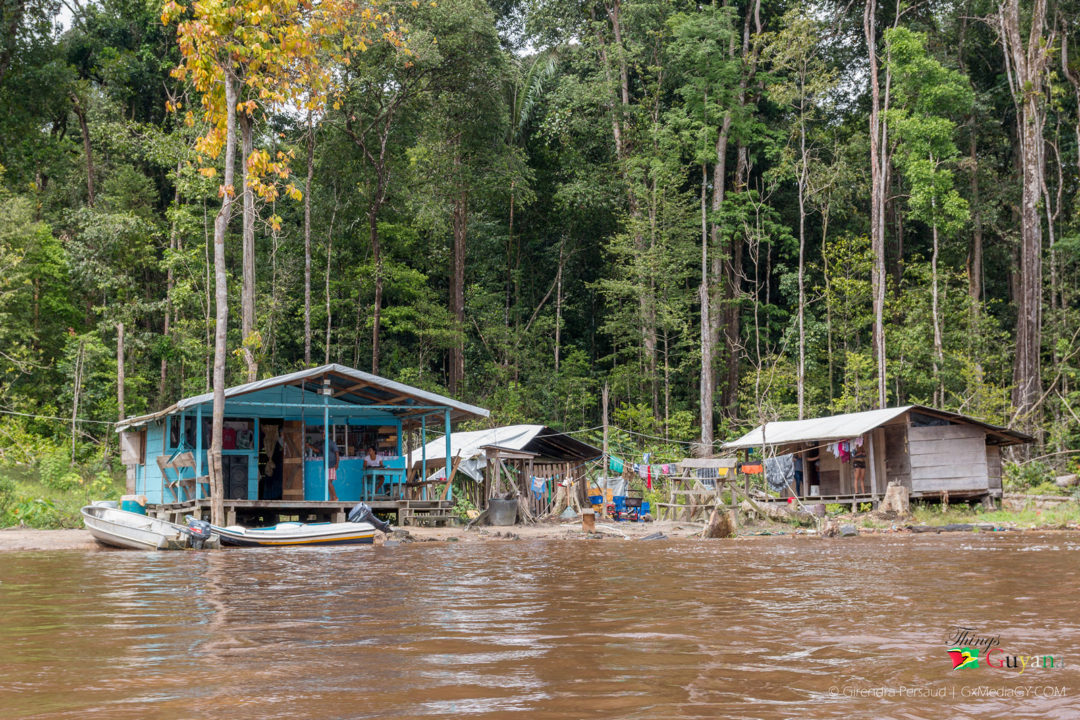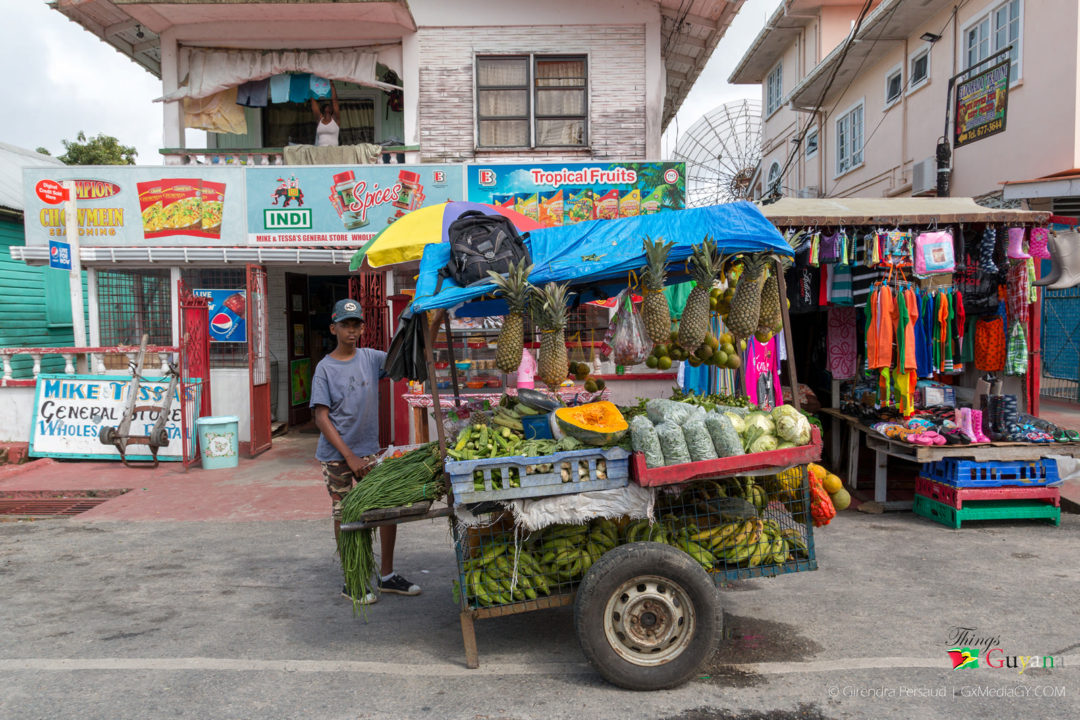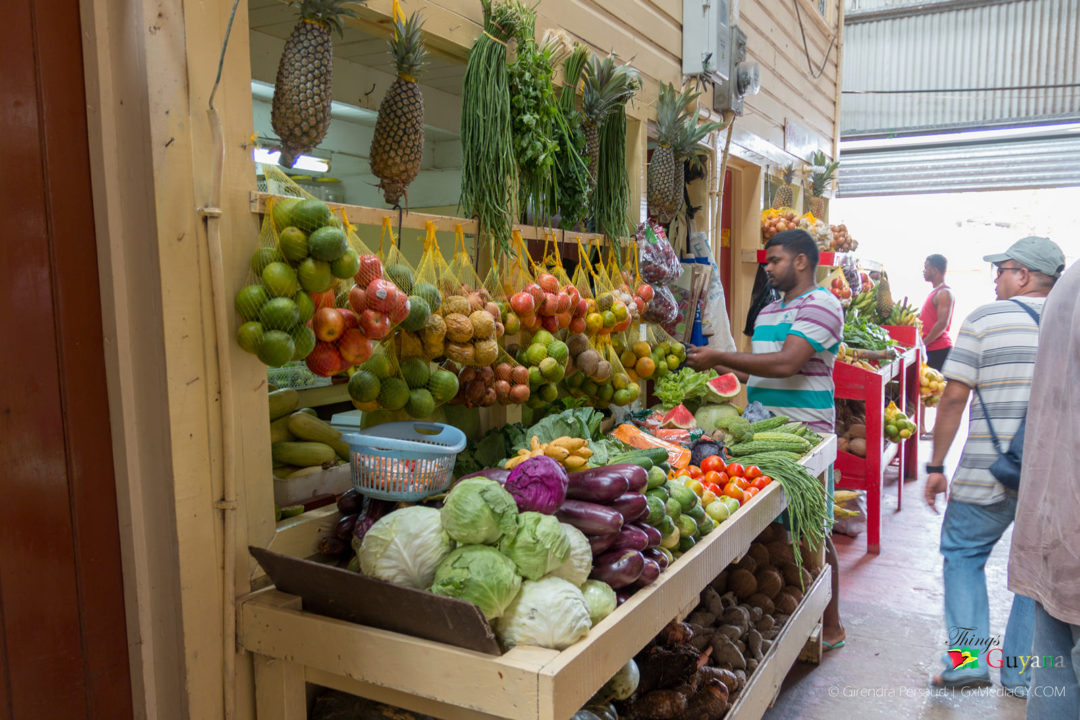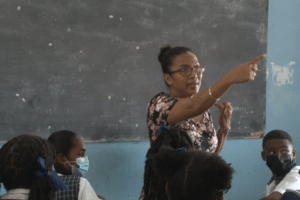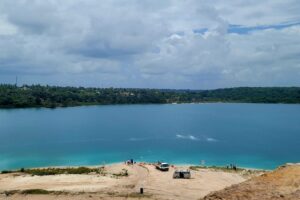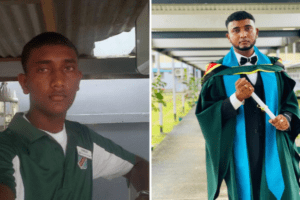Cuyuni-Mazaruni has Venezuela as it’s border to the east and the mighty Essequibo River flows on its western side. To get to this region one needs to journey deep into the county of Essequibo. This region consists of areas such as the Upper Mazaruni, the Kartabo Village in Lower Mazaruni and the Bartica Triangle. The Upper Mazaruni River basin is a region of steep slopes which flatten out at the top to form plateaus at the western end. In Kartabo the population consists of many Amerindians as well as some coastlanders who engage in gold and diamond mining.
Cuyuni-Mazaruni has Venezuela as its border to the east while the mighty Essequibo River flows on its western side. To get to this region one needs to journey deep into the county of Essequibo. This region consists of areas such as the Upper Mazaruni, the Kartabo Village in Lower Mazaruni and the Bartica Triangle. The Upper Mazaruni River basin is a region of steep slopes which flatten out at the top to form plateaus at the western end. In Kartabo the population consists of many Amerindians as well as some coastlanders who engage in gold and diamond mining.
About Cuyuni-Mazaruni (Region 7)
Cuyuni-Mazaruni (Region 7) is a region bordering the regions of Barima-Waini (Region 1), Essequibo Islands-West Demerara (Region 3) and Pomeroon-Supenaam (Region 2) to the north, the region of Upper Demerara-Berbice (Region 10) to the east, the region of Potaro-Siparuni (Region 8) and Brazil to the south. The capital of Cuyuni-Mazaruni is Bartica, with other major towns including Issano, Isseneru, Kartuni, Peters Mine, Arimu Mine, Kamarang, Keweigek, Imbaimadai, Tumereng and Kamikusa. It covers an area of 47,213 km². Before the 1980 administrative reform, most of the area belonged to the Mazaruni-Potaro district. The Cuyuni-Mazaruni Region contains two of the four natural regions: forested highlands and a small portion of the hilly sand and clay region.
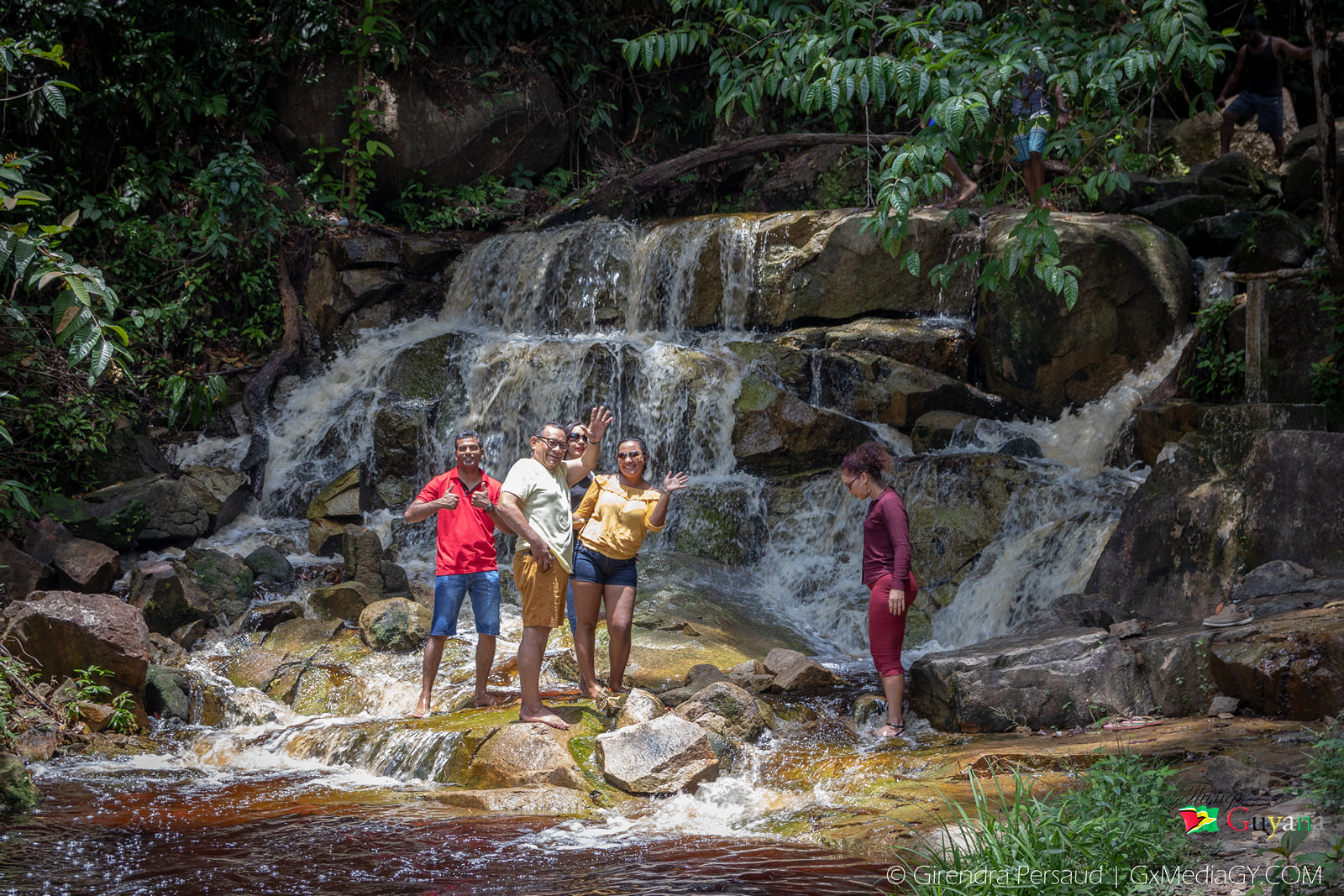
Visitors to the Baracara Falls on the Mazaruni River
Communities In Cuyuni-Mazaruni (Region 7)
There are a number of communities in Cuyuni-Mazaruni; they are:
- Ajimipepai
- Akar (Akar Village)
- Amamure Village (Amamuri Village)
- Amokokopai Village
- Apanachi
- Arau Village
- Arawai Village
- Arimu Mine
- Assura Village
- Aunama (Aunama Village)
- Aurora
- Awarabati
- Barakara
- Bartica (Barteke)
- Butakari (Butukari)
- Ekereku
- Enachu (Enachu Landing, Enachu Station)
- Golden Grove
- Hororabo
- Imbaimadai
- Issano
- Isseneru
- Kaikan
- Kalacoon (Kalakoon House, Kalakun, Kalkoon)
- Kamarang
- Kamaria
- Kamikusa
- Kamuda (Kamuda Village)
- Kartuni
- Kaywaek (Kaywaek Village)
- Keweigek
- Klip
- Kokadai
- Kowaeng (Kowaeng Village)
- Kurachi
- Kurutuku Village
- Kwiokrebaru
- Lower Kamaria
- Meruwang
- Minata
- Mongreppo
- Morowta
- Muriakundi (Muruakundi)
- Muruwawe Village
- Opadai
- Oranapai (Oranapai Landing, Oranopai)
- Paruima (Paruima Mission)
- Pathawaru
- Peters Mine
- Pipillipai
- Poterima
- Saint Edwards Mission
- Saint Marys
- The Clip
- Tumereng (Tumareng, Tumureng)
- Upper Kamaria
- Waioklepalul (Waioklepaluta Village)
- Waramadong (Waramadong Village)
- Wineperu
- Wolga
Population In Cuyuni-Mazaruni (Region 7)
The Government of Guyana has administered four official censuses since the 1980 administrative reforms, in 1980, 1991, 2002 and 2012. Official census records for the population of the Cuyuni-Mazaruni Region are as follows:
- Year 2012: 20,280
- Year 2002: 17,597
- Year 1991: 14,794
- Year 1980: 14,390

Bartica was declared township status in May 2018.
Lifestyle Of Persons Residing In Cuyuni-Mazaruni (Region 7)
Most people of this Region are involved in mining for gold and diamonds. Omai Gold Mines Ltd, which extracted 250,642 ounces of gold last year [1994], is the biggest gold producer in this Region, and in Guyana. Under the Upper Mazaruni Hydroelectric Scheme, a hydroelectric plant was to provide electricity for the Region was planned, but it has not yet been built. It would be a great asset to the Region’s development. There are eight Amerindian settlements in the area of the Pakaraimas, where crops are grown. These crops supply the settlements and gold and diamond mines in the Region. Women use straw, balata and bamboo to produce beautiful hand-crafted vases, mats, hammocks, hats, bird cages, crab containers, bags, etc. They find markets for their goods in the towns and villages. Others hunt for food to eat and sell to other regions.
Places To Visit In Cuyuni-Mazaruni (Region 7)
- Mountain Ranges – This Region brings to mind the majestic Pakaraima mountain range. Mount Roraima (2,810 metres high, standing at the point where Guyana, Brazil and Venezuela meet) and Mount Ayanganna are in this mountain range.
- Bartica – Bartica, Essequibo, is a town on the left bank of the Essequibo River in Cuyuni-Mazaruni, at the confluence of the Cuyuni and Mazaruni Rivers with the Essequibo River in Guyana. Considered the “Gateway to the Interior”, the town has a population of about 15,000 and is the launching point for people who work in the bush, mining gold and diamonds.
- Kamarang – Kamarang is an Amerindian village, standing at the confluence of the Kamarang River and Mazaruni River, in the Cuyuni-Mazaruni Region of Guyana. Its altitude is 490 metres (1601 feet). Kamarang has a Primary School, Hospital, Police station and a paved airstrip. The village has seen extensive economic growth at the start of the 21st century and has remained a hotspot for economic activities which include gold and diamond mining.
- Fort Kyk-Over-Al – Fort Kyk-Over-Al was a Dutch fort in the colony of Essequibo, in what is now Guyana. It was constructed in 1616 at the intersection of the Essequibo, Cuyuni and Mazaruni rivers. It once served as the centre for the Dutch administration of the county, but now only ruins are left. The name Kyk-Over-Al derives from the Dutch for “See over all”, a reference to the commanding view of the river from the fort.
- Aruwai Resort – Aruwai Resort offers a rich array of experiences, activities and amenities. It is a place where people can go for once-in-a-lifetime adventures, unforgettable weekends of romance and relaxation, reconnecting with family, and invigorating corporate retreats. It is located in Lower Mazaruni, Bartica, Cuyuni-Mazaruni.
- Mazaruni Prison – The Mazaruni Prison is located on high ground above the river, and as such does not suffer from floods. The rearing of livestock and cultivating of fruits and vegetables abound at the Mazaruni Prison. Cows, pigs and goats, chickens and ducks, and a wide variety of greens are cultivated at that location.
- Natural Attractions – You will find beautiful cliffs, glorious sunrises and sunsets, densely-forested gorges, rapids, rivers and towering waterfalls such as Sakaika Falls, Aruwai Falls, kumarau Falls, Macreba Falls, Kamarang Falls, Bartica and Marshall Falls in this region.
Cuyuni-Mazaruni (Region 7) In Guyana
Yes, life in Region Seven is one to experience. There are beautiful places to visit and gorgeous natural attractions to explore. The lifestyle of the people varies from gold and diamond mining to craft making. The town Bartica is known as the “Gateway to the Interior” and is the launching point for people who work in the bush, mining gold and diamonds. There are many other villages in this region that will be of great interest to you!
- Bartica
- Bartica Market
- Bartica
- Shop on the Mazaruni River
- Aruwai White H20 Resort
- Bartica
- Bartica
- Baracara Falls
- Bartica Market
- Bartica
- Boat on the Mazaruni River
- Itabali
- Shop on the Mazaruni River
- Barica Beach
- Shop on the Mazaruni River
- Bartica Market
- Bartica Market
Article References:
- https://en.wikipedia.org/wiki/Cuyuni-Mazaruni
- https://moc.gov.gy/category/region-7/
- https://www.unicef.org/lac/media/4631/file/PDF%20Profile%20Region%207:%20Cuyuni-Mazaruni.pdf
- https://www.triphobo.com/places/kamarang-cuyuni-mazaruni-guyana
- https://en.wikipedia.org/wiki/Bartica
- https://en.wikipedia.org/wiki/Kyk-Over-Al
- http://guyanachronicle.com/2018/10/21/my-bittersweet-visit-to-the-mazaruni-prison
- Main Image: Mazaruni Prison | Marco Farouk Basir / CC BY-SA (https://creativecommons.org/licenses/by-sa/3.0)

